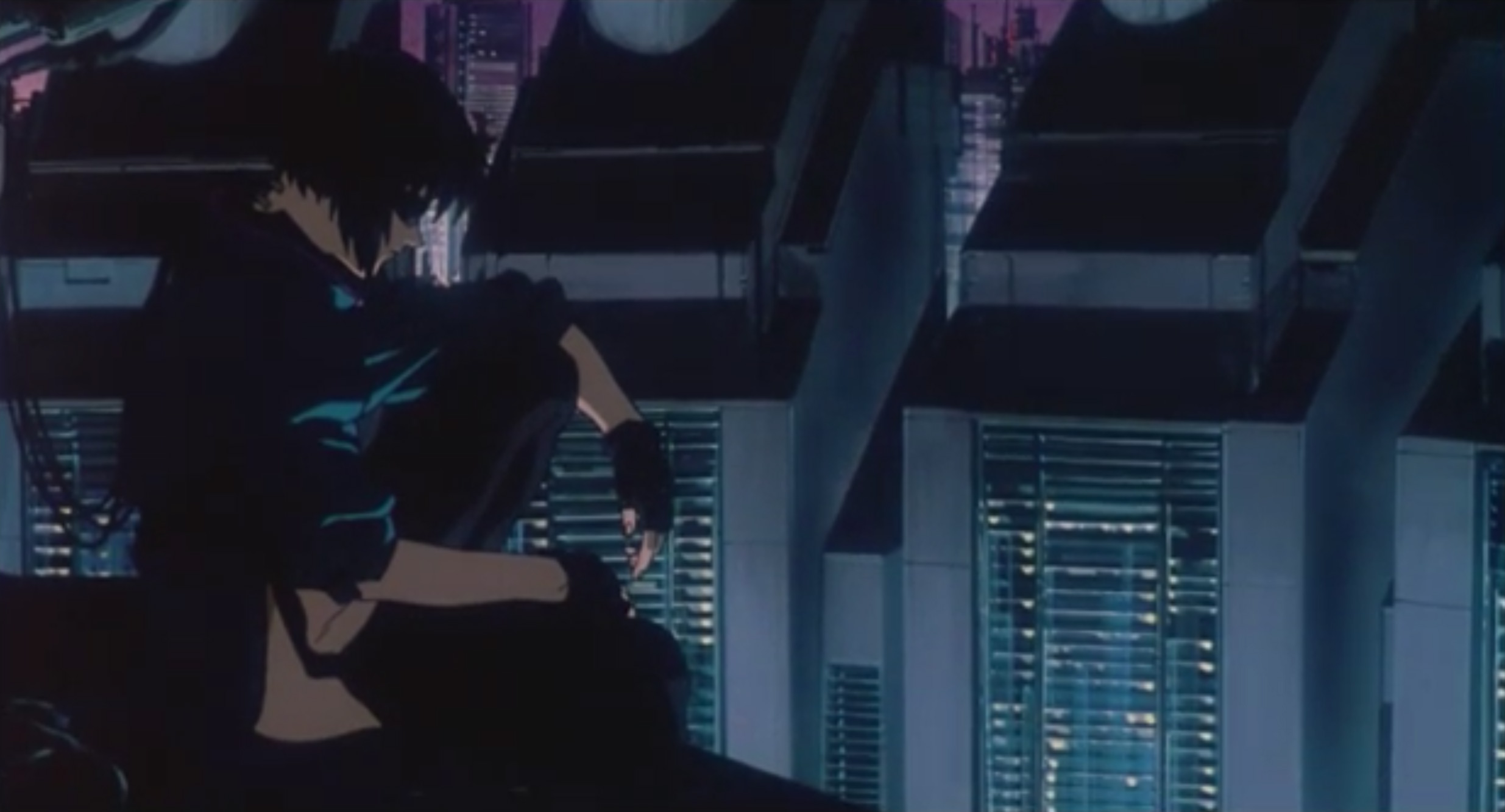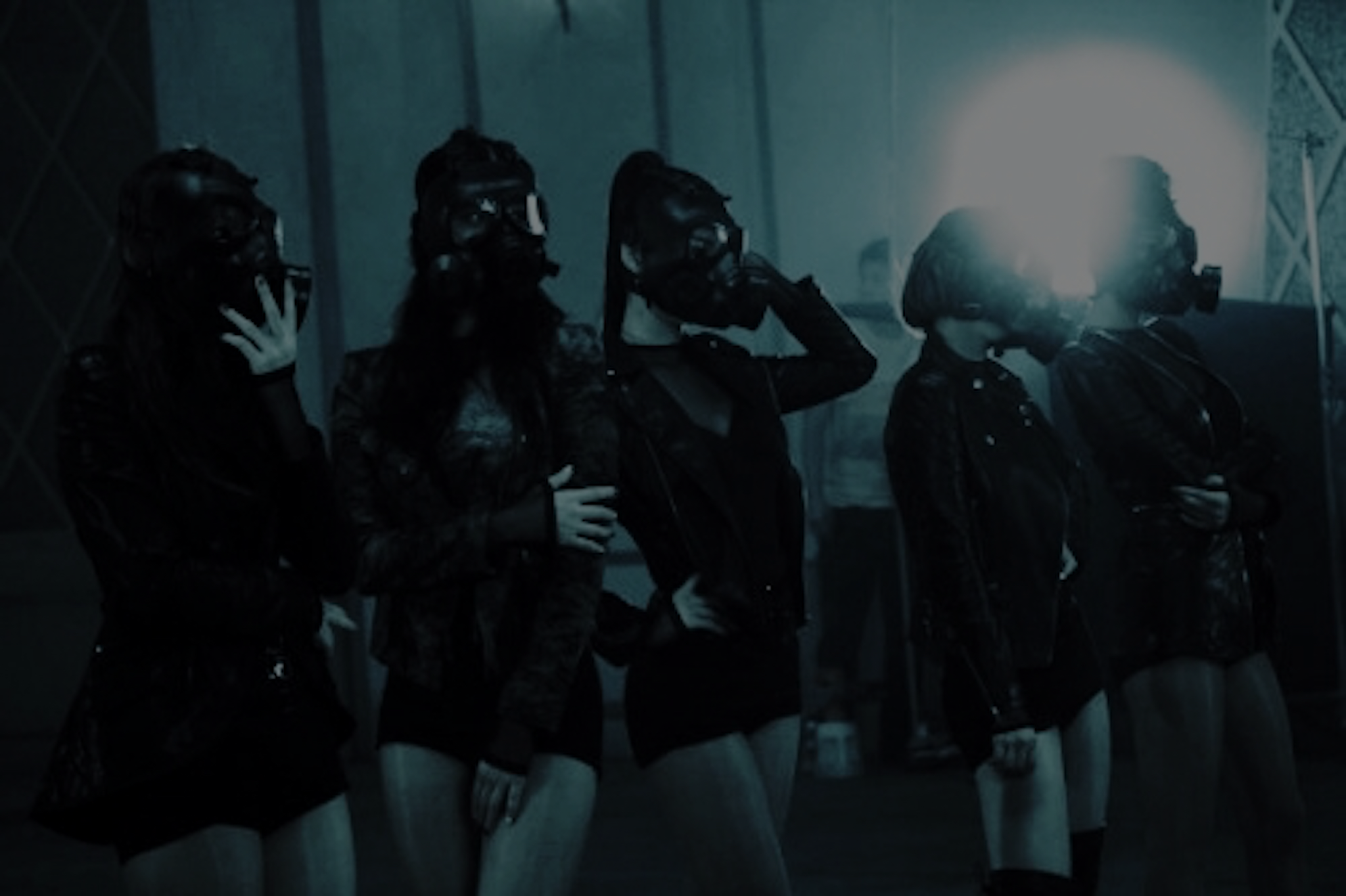Learn from my mistake, that limiting your creative environment severely stagnates your ability to tap into creative inspiration. This is how I learned:
My first piece of writing (by choice, not assignment) was a closure email I wrote to potential investors. It included the analogy: “We’re so broke, we’re using melted vanilla ice cream as milk for our cereal.” Not only did it get the highest open and response rate of all our emails, but a lady offered to take us to Costco for groceries.
Before that day, I had never referred to myself as a writer, but I had found a streak of luck. I decided I would sit down and do some creative writing once a week. For three straight weeks, I recreated the exact scenario I was in when I wrote my prized email: ate half of a Chipotle burrito (a full one would put me to sleep), waited until 3 pm to start writing, went to my local library, and sat at the table which overlooked the lake.
For those three weeks, my superstition for creative inspiration worked. As soon as I sat down, the floodgates opened up and I’d pour out all of my ideas. After a while, I decided to ramp up my writing to once a day, since I was having so much fun seeing my growth.
However, I quickly found out this process was not sustainable. The burritos began tasting like tree bark after the fourth day. Visiting my bank of ideas at exactly 3 pm every day quickly drained my account to zero. And I realized blocking off two hours during peak afternoon time wasn’t conducive to business.
By setting up this ideal creative environment in my head, I was limiting my creative inspiration to a very small window of opportunity in the day. Not to mention, I was missing what made my prized email so unique: the originality that came from the spontaneity.
In reality, creative inspiration doesn’t wait for a convenient time and there is never only one scenario in which you can be creative.
Eventually, I broke down the barrier of thinking which had stifled my creativity and became more perceptive to creative inspiration–willing to listen to it and take the time to craft its story.
Designing Your Creative Environment
Many of us are guilty of believing in our ideal creative environment; this magical land where no matter the circumstances, we can tap into our most creative ideas. It might include a chair with great back support, a large window overlooking a lake, and maybe warm lighting.
Our creative environment becomes a safe space. Free from the harsh realities of feedback and optimal for imagination. It’s like hiding in the deepest part of a cave where no one can bother us.
Without our creative environment, we might lack the motivation to get inspired.
However, confining our creativity to a singular setting sets boundaries that limit our ability to find inspiration in other places.
Limiting creativity to one location is like a middle-aged man’s relationship with his favorite seat on the couch. Instead of enjoying the company that has visited, he dwells on Aunt Susie sitting in his favorite seat.
Limiting ourselves to one creative environment has side-effects. It tricks our brain into thinking there is only one place in the world where we can be creative. And it sets us up for failure when we may need to quickly call on our creativity to solve a problem…”Oh, lemme run home so I can rewrite my sales pitch.”
There’s nothing wrong with having a favorite, reliable creative environment. But, we must train our ourselves to be perceptive to inspiration wherever and willing to create whenever.
Personally, being a tech nerd, I find inspiration in the latest advancements in technology. That’s why I created Quick Theories – a brief, weekly newsletter of my thoughts on modern technology, how it’ll affect your life, and why you should adapt to these changes in your own creative way. If you ever feel overwhelmed by the rapid advance in technology, you can sign up for Quick Theories here: quicktheories.com


